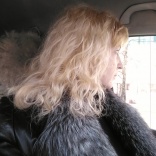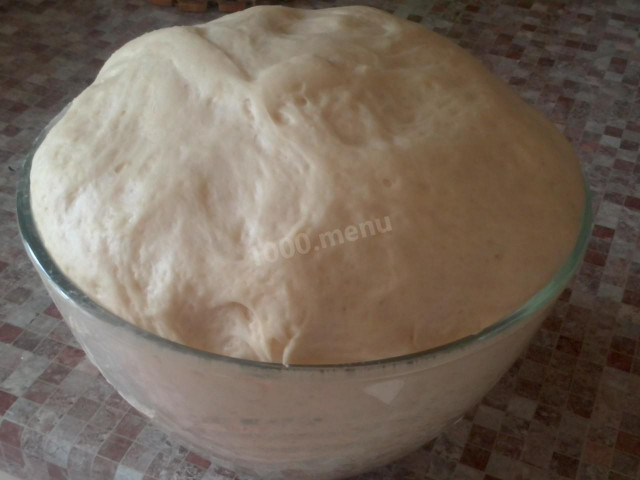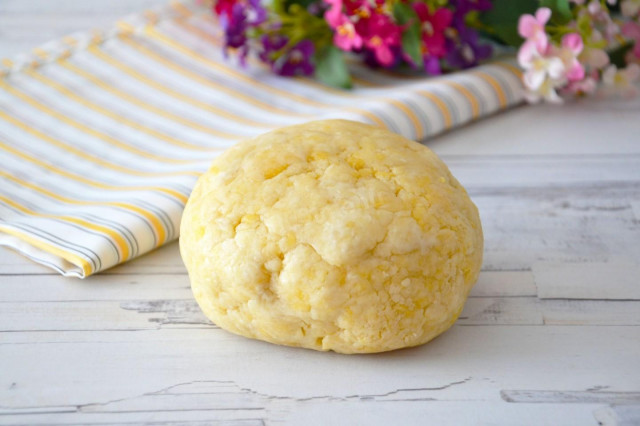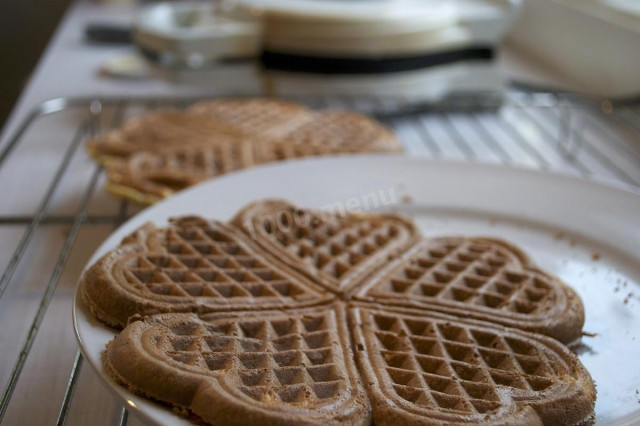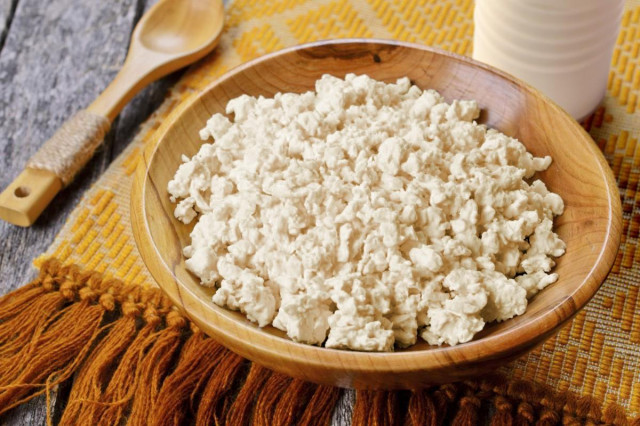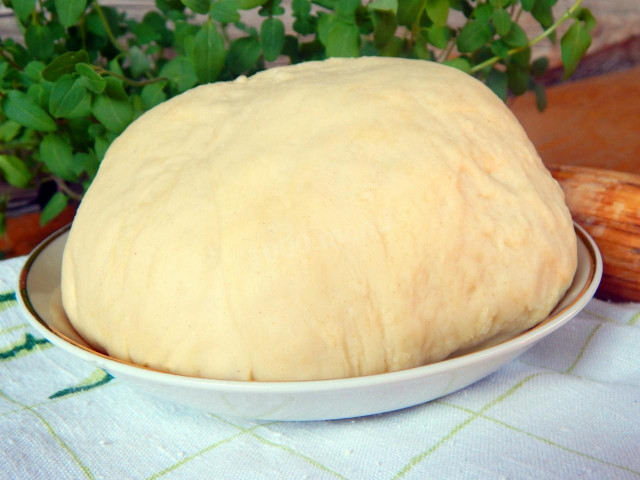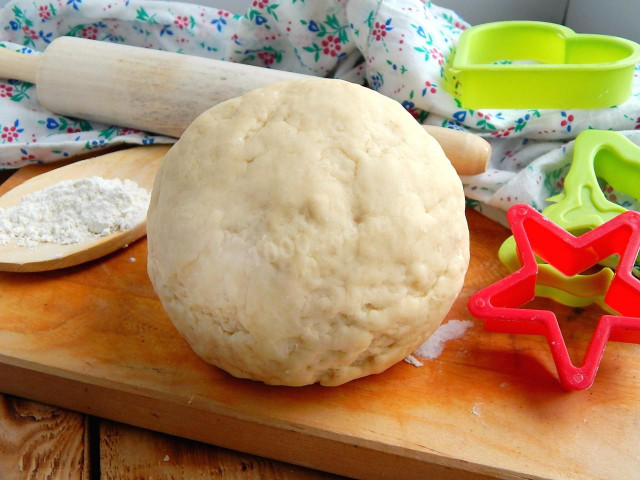Composition / ingredients
Step-by-step cooking
Step 1:
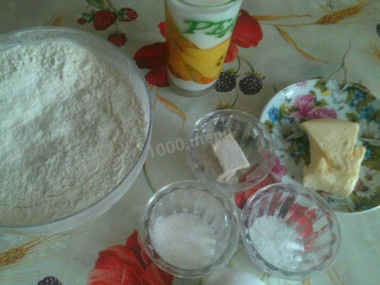
How to make yeast dough in a safe way? Prepare the food.
Step 2:
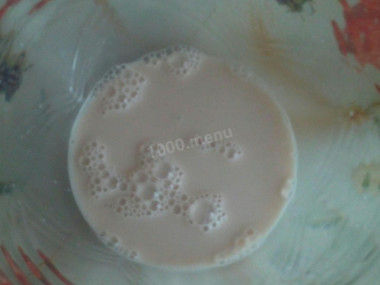
Dilute the yeast in a small amount of milk.
Step 3:

Combine all the ingredients: warm milk, diluted yeast, sugar, salt, melted butter, egg and mix everything. If you want to get sweet pastries, you need to increase the amount of sugar, and reduce the salt, if unsweetened - on the contrary. Next, add the flour and mix. Be prepared for the fact that flour may need more or less than indicated in the recipe. Focus not on the amount of flour, but on the desired consistency of the dough.
Step 4:
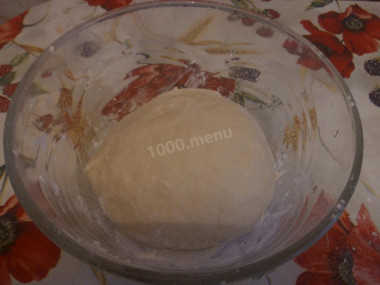
Knead the dough so that it is homogeneous and easily falls behind the hands and walls of the dishes during the kneading process.
Step 5:
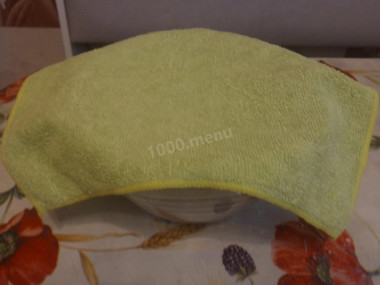
Next, cover the dishes with a clean cloth and put them in a warm place for 2.5-3 hours, for fermentation
In the fermentation process, to free the dough from carbon dioxide, you need to knead the dough 2 times. We mince the first time after 1 hour, the second after 2 hours, let it rise again. Our yeast dough is ready in a safe way!
Important: how to properly replace dry yeast with pressed yeast, in which liquid it is better to dilute, why you need to be able to distinguish active yeast from instant and other useful tips read in the article about yeast .
Be prepared for the fact that you may need more or less flour than indicated in the recipe. Focus not on the amount of flour, but on the desired consistency of the dough. To avoid mistakes, read about flour and its properties!
Caloric content of products possible in the composition of the dish
- Whole cow's milk - 68 kcal/100g
- Milk 3.5% fat content - 64 kcal/100g
- Milk 3.2% fat content - 60 kcal/100g
- Milk 1.5% fat content - 47 kcal/100g
- Concentrated milk 7.5% fat content - 140 kcal/100g
- Milk 2.5% fat content - 54 kcal/100g
- Pressed yeast - 109 kcal/100g
- Whole durum wheat flour fortified - 333 kcal/100g
- Whole durum wheat flour, universal - 364 kcal/100g
- Flour krupchatka - 348 kcal/100g
- Flour - 325 kcal/100g
- Granulated sugar - 398 kcal/100g
- Sugar - 398 kcal/100g
- Butter 82% - 734 kcal/100g
- Amateur unsalted butter - 709 kcal/100g
- Unsalted peasant butter - 661 kcal/100g
- Peasant salted butter - 652 kcal/100g
- Melted butter - 869 kcal/100g
- Salt - 0 kcal/100g
- Chicken egg - 80 kcal/100g
